- All
- Product Name
- Product Keyword
- Product Model
- Product Summary
- Product Description
- Multi Field Search
 English
English English
English| Availability: | |
|---|---|
| Quantity: | |
52
KSeng
KSeng-52
Balcony solar system typically consists of the following core components:
1.Solar Panels: Small, lightweight solar panels that efficiently capture sunlight and convert it into direct current (DC) electricity. These panels are usually made of silicon-based semiconductor materials and are suitable for maximizing power generation efficiency in limited balcony space.
2.Solar Inverter: Converts the DC power generated by the solar panels into alternating current (AC) for compatibility with household appliances and the electrical grid.
3.Solar Mounting System: Used to secure solar panels to balcony railings, walls or roofs to ensure stability in all weather conditions.
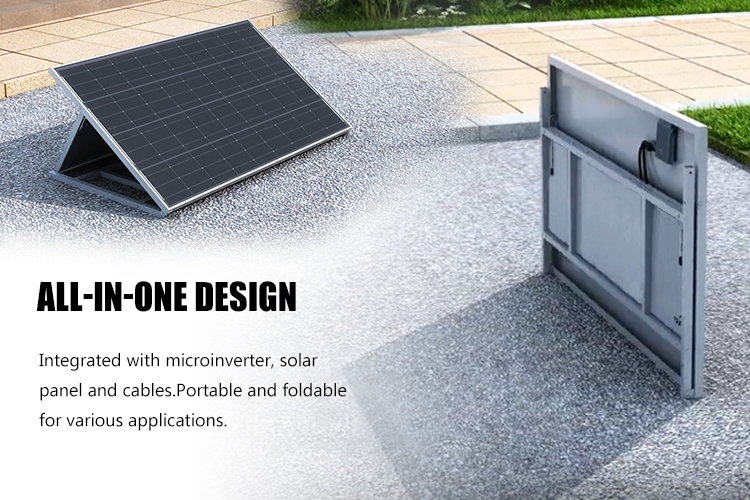
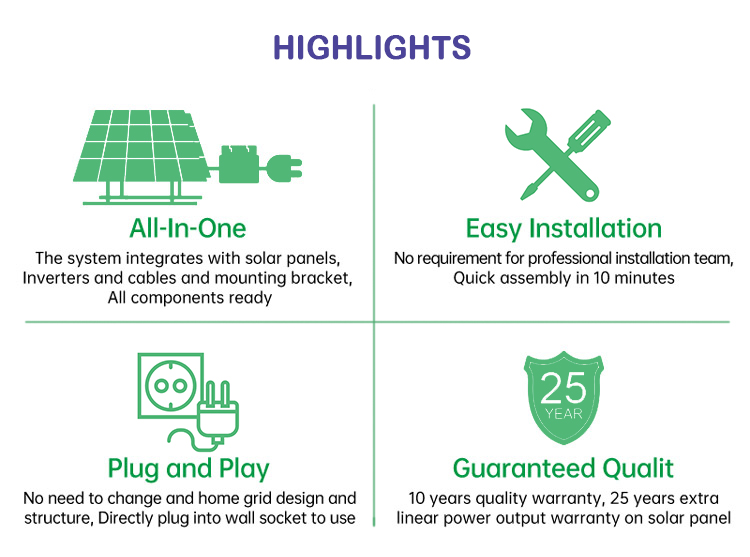
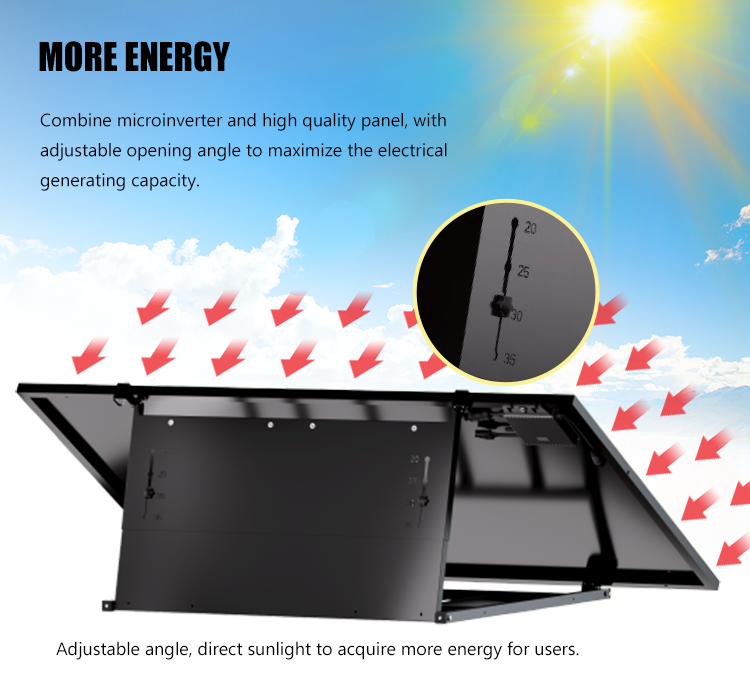
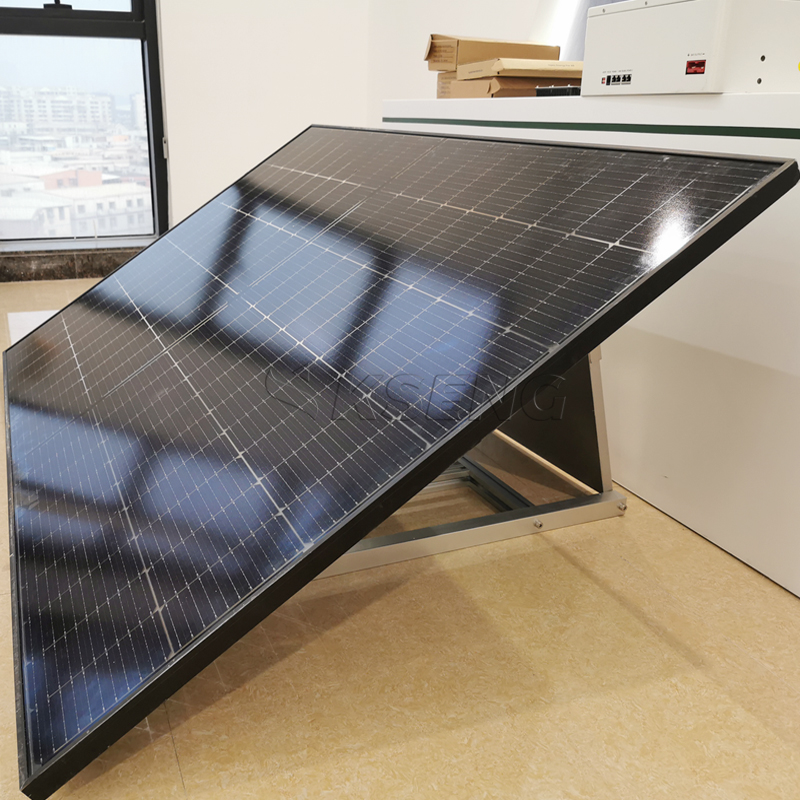
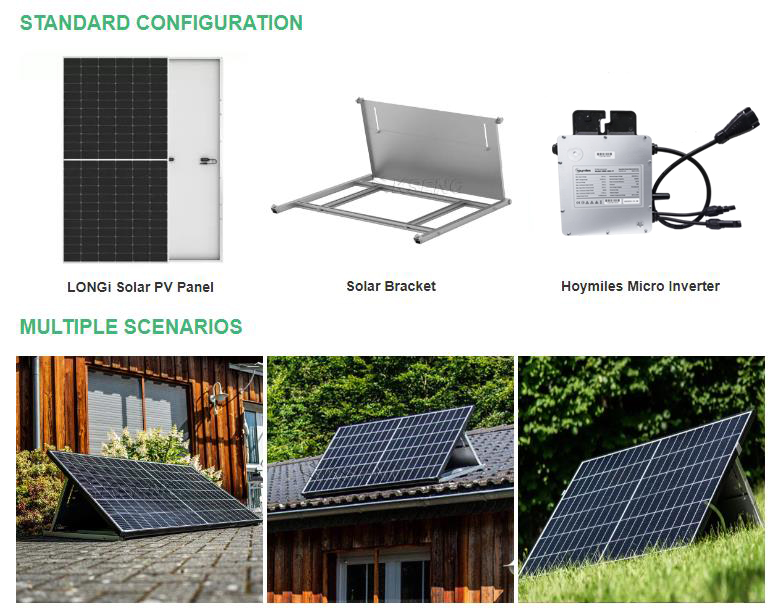
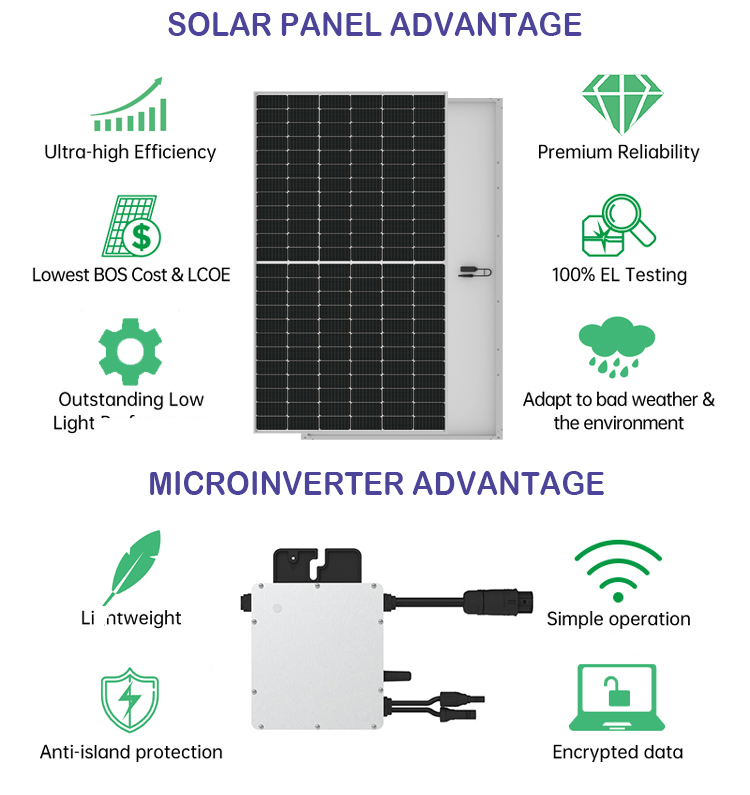
Advantages of Balcony Solar Systems:
1. Space Optimization: Balconies are often limited in space, making it challenging to find suitable areas for solar
panel installation. Solar balcony system is designed to maximize space utilization, allowing for efficient placement
of solar panels on balconies without occupying excessive space. This enables users to take advantage of their
available balcony area for solar energy generation, even in small living or working spaces.
2. Portability and Flexibility: Balcony solar panel system is often designed to be portable and easily removable.
This allows users to relocate or adjust the solar panels as needed, providing flexibility in adapting to changing
sunlight conditions or balcony usage. It also allows for easy maintenance or upgrades without significant
disruptions.
3. Cost Savings: By generating clean and renewable energy, balcony solar system helps to reduce electricity bills.
Users can offset a portion or even the entirety of their energy consumption, leading to long-term cost savings.
Additionally, some regions offer incentives or feed-in tariffs for solar energy generation, further enhancing the
financial benefits of balcony solar systems.
Balcony solar system typically consists of the following core components:
1.Solar Panels: Small, lightweight solar panels that efficiently capture sunlight and convert it into direct current (DC) electricity. These panels are usually made of silicon-based semiconductor materials and are suitable for maximizing power generation efficiency in limited balcony space.
2.Solar Inverter: Converts the DC power generated by the solar panels into alternating current (AC) for compatibility with household appliances and the electrical grid.
3.Solar Mounting System: Used to secure solar panels to balcony railings, walls or roofs to ensure stability in all weather conditions.






Advantages of Balcony Solar Systems:
1. Space Optimization: Balconies are often limited in space, making it challenging to find suitable areas for solar
panel installation. Solar balcony system is designed to maximize space utilization, allowing for efficient placement
of solar panels on balconies without occupying excessive space. This enables users to take advantage of their
available balcony area for solar energy generation, even in small living or working spaces.
2. Portability and Flexibility: Balcony solar panel system is often designed to be portable and easily removable.
This allows users to relocate or adjust the solar panels as needed, providing flexibility in adapting to changing
sunlight conditions or balcony usage. It also allows for easy maintenance or upgrades without significant
disruptions.
3. Cost Savings: By generating clean and renewable energy, balcony solar system helps to reduce electricity bills.
Users can offset a portion or even the entirety of their energy consumption, leading to long-term cost savings.
Additionally, some regions offer incentives or feed-in tariffs for solar energy generation, further enhancing the
financial benefits of balcony solar systems.